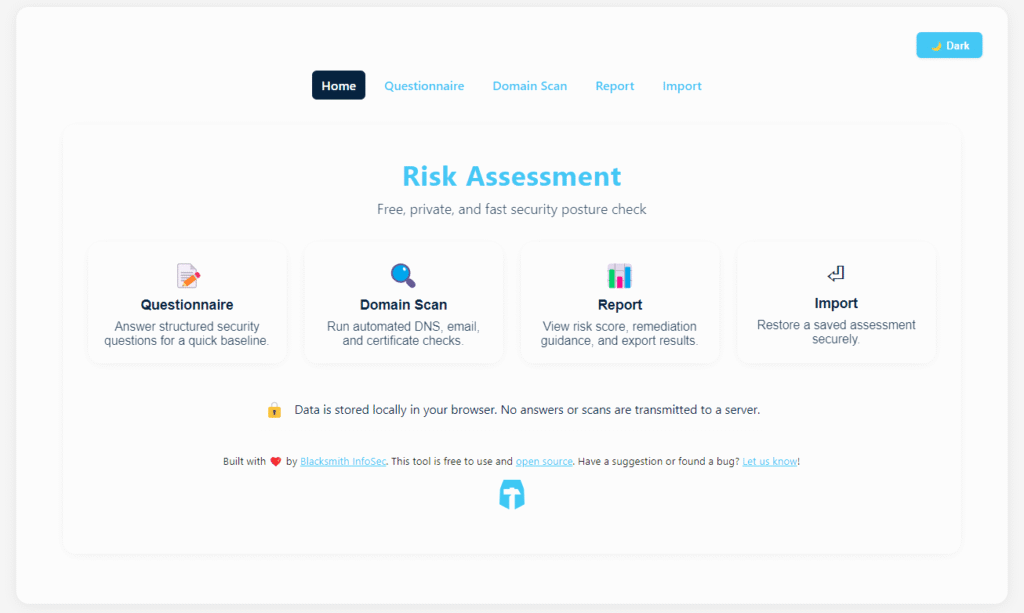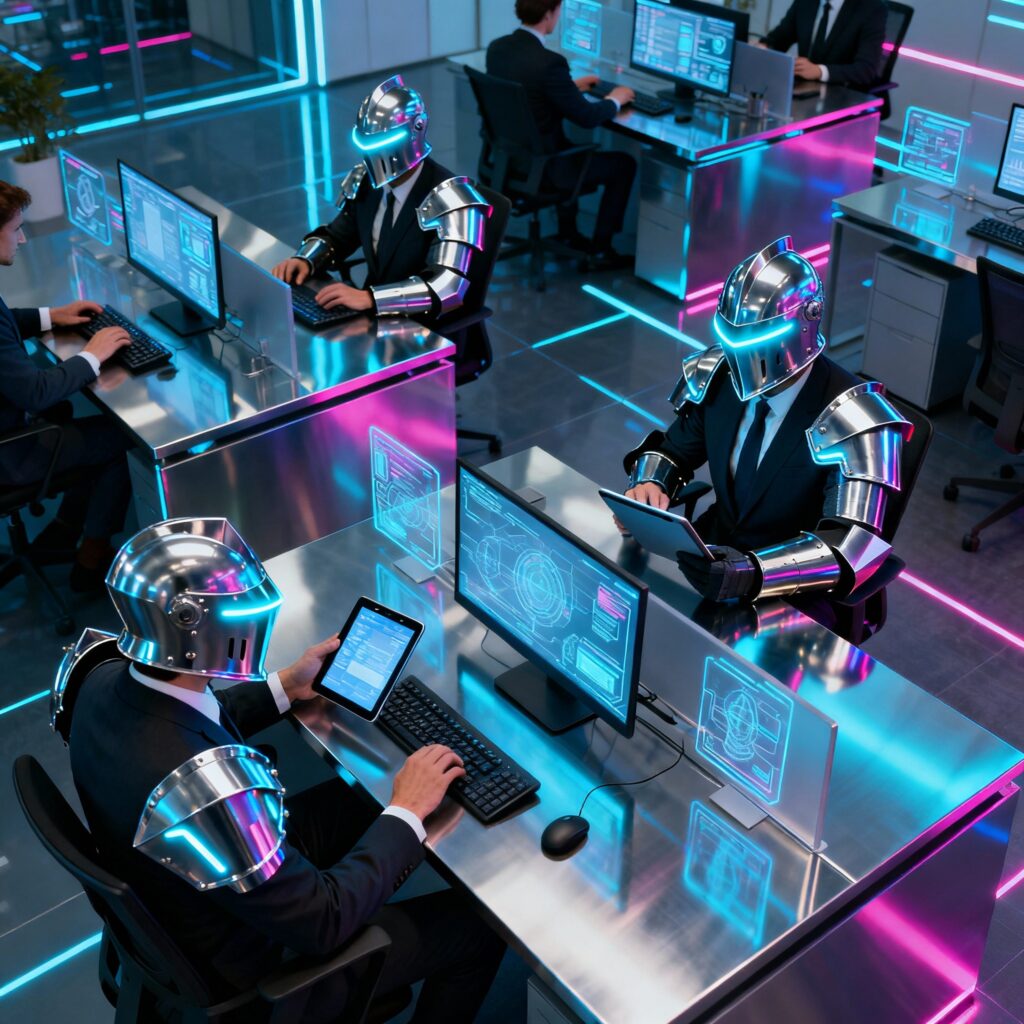Semi-autonomous security operations are reshaping how organizations defend against evolving threats, marrying the strengths of AI-driven platforms with the irreplaceable judgement of human analysts. Advanced Security Operations Center (SOC) tools now automate initial triage, evidence gathering, and even aspects of incident response, enabling faster, around-the-clock threat detection and significantly reducing repetitive manual toil for security teams.
The Rise of AI-Driven SOC Tools
Modern SOC platforms increasingly harness artificial intelligence to process vast security data streams, correlate anomalies, and prioritize alerts for human investigation. AI analysts can aggregate signals from diverse tools across cloud, endpoint, identity, and network layers, helping analysts “connect the dots” faster than before. In real-world deployments, AI systems have proven their value by filtering noise, accelerating investigation times, and freeing humans to focus on sophisticated attack patterns and nuanced incidents.
Human-Machine Collaboration in Threat Detection
Success stories abound where human-machine teams outperform either alone: AI sifts through alert tsunamis at machine speed, while experienced analysts bring contextual understanding, creative problem-solving, and critical thinking to ambiguous or novel attacks. For example, organizations have used AI-powered systems to reduce alert fatigue and cut mean time to resolution, but rely on human oversight to validate responses, interpret business-specific risks, and escalate nuanced threats requiring policy judgment or legal review.
Why Human Oversight Remains Essential: Limitations and Compliance Risks
Despite their sophistication, current AI SOC tools face critical limitations. Pre-trained AI models can only reliably triage issues they’ve already “seen” — they cannot improvise well with unfamiliar scenarios, may miss novel attack chains, and can introduce new blind spots. Automated decisions risk false positives (“hallucinations”) or dangerous false negatives, and lack the flexibility to interpret complex, evolving compliance mandates, especially in regulated industries.
Human analysts remain essential to:
-
Interpret ambiguous or business-specific incidents.
-
Apply legal, regulatory, or ethical frameworks to response decisions.
-
Vet and tune automated outputs for compliance and reliability.
Effective semi-autonomous SOCs require “human-in-the-loop” practices, robust cross-team governance, and a clear understanding of AI’s boundaries — especially when handling sensitive data or regulated environments.
Ultimately, the future of security operations is not fully autonomous, but a collaborative partnership where automation amplifies human expertise — never replaces it.



